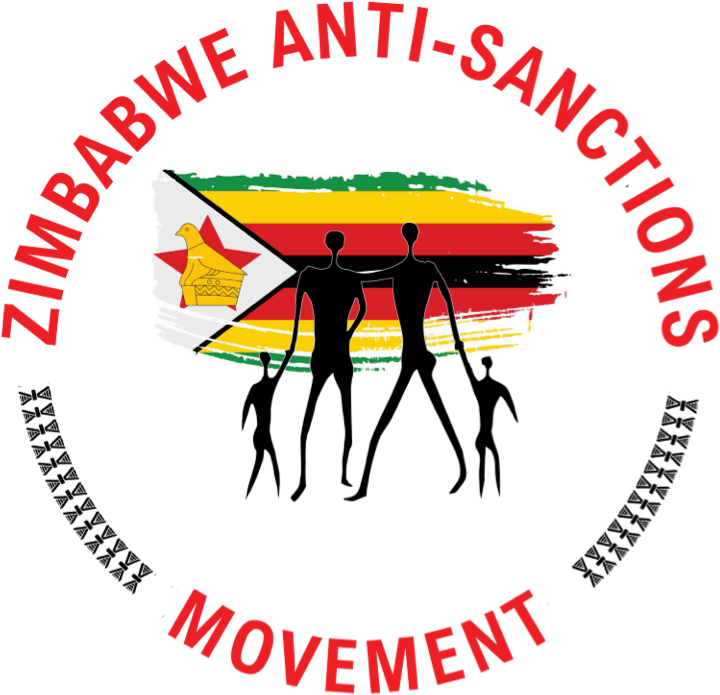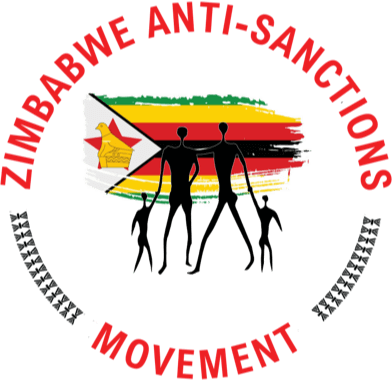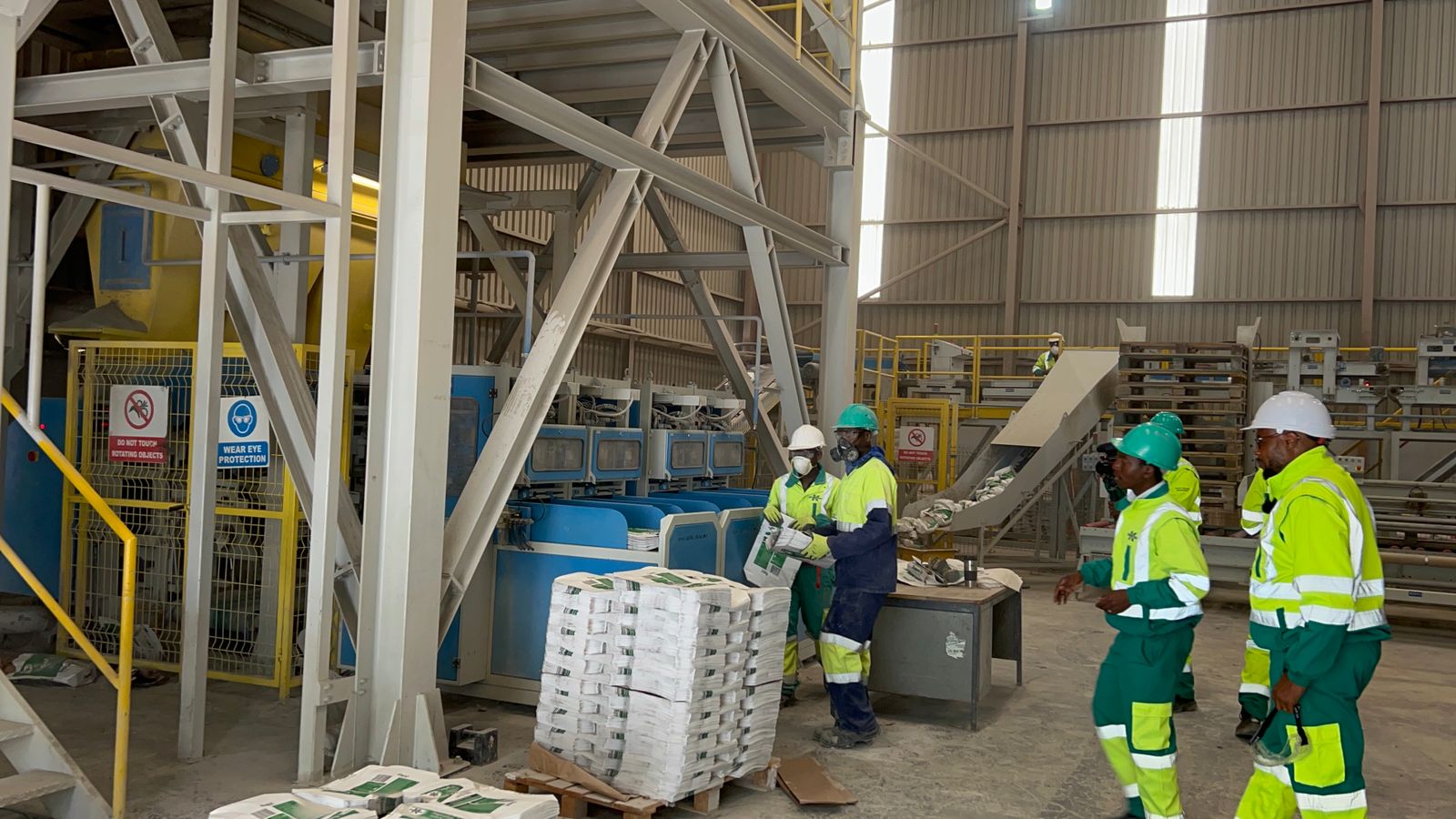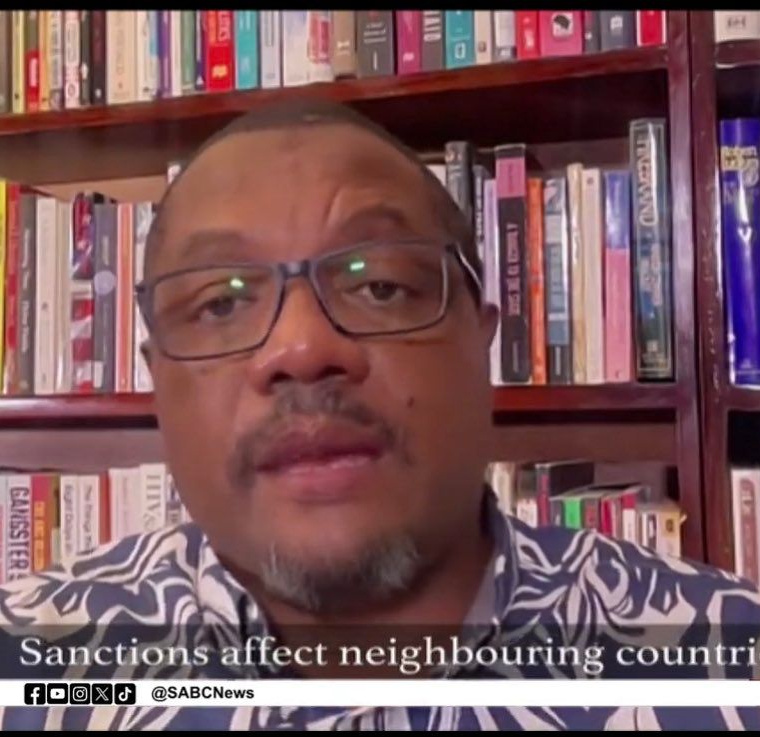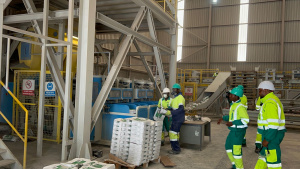
Last week, I wrote a scathing piece about the perception that Zim cement manufacturers had stopped producing cement and were simply importing it from neighboring countries, overpricing it in the process.
In response to this write-up, several cement companies reached out to clarify that they were still actively producing cement and that their prices had not changed in over 12 months. Khayah Cement formerly Lafarge Zimbabwe, extended an invitation for a plant tour to provide a first-hand account of their operations.
Our meeting was scheduled for 10:00 on Monday, the 13th of November 2023. On the outskirts of Mabvuku, the Khayah complex is located, along Arcturus Road, a portion of which, the company recently resurfaced.
The factory has undergone significant renovations, now boasting a modern appearance, adorned with a large, vertically positioned Khayah logo.
The CEO, Innocent Chikwata, was waiting for us and provided us with protective clothing: overalls, helmets, goggles, boots, and N95 3M masks as we entered the plant.
After donning our PPE, he drove us through to their mine/quarry approximately 4km from the main plant.
Upon arrival at the mine, we witnessed a flurry of activity as dump trucks, bulldozers, and heavy-duty excavators were at work scooping up the huge limestone boulders dislodged by the previous blasting session. These boulders were then fed onto lengthy conveyor belts that transported them to crushers situated approximately one and a half kilometres from the mine. This crushed limestone represents about 85% of raw materials in the cement production process.
The crushing plant comprises massive crushers that pulverize the rock before grading, where it is sized and piled. Some of this crushed stone is supplied to customers and contractors as Aggregates – mainly 19mm stones.
The bulk of the crushed limestone is mixed with other materials to form raw meal, which travels to the kiln where it is converted to clinker by being heated at temperatures of about 1’450 degrees Celsius. This clinker is then mixed with other materials to produce different blends of cement at the recently commissioned Vertical Cement Mill (VCM) which doubled Khayah Cement’s production capacity.
Also located at the Manresa plant, is the automated Dry Mortars Plant. This plant was recently given a US$2.5 million upgrade, and is manufacturing Tile Adhesives, Waterproofing Cement – Watershield, Plastering Mortars, Agricultural Lime and 16 other product lines that extend beyond traditional cement products.
The factory is well-equipped and automated with new machinery from Turkey. Conveyor belts guide the product from processing, where the chemistry binds various components, through to packing, and then the product is crated, palletized and is ready for the market.
From the automated Dry Mortars Plant, we headed for the imposing towers, pipes, compressors, and electricity transmission modules of the main plant a testament to heavy industry.
Behind were NRZ wagons off-loading coal to this factory, indicative of the ongoing large-scale production activity. The inner workings of the plant remain largely concealed, with only the gentle hum of machinery audible from within the grey and yellow structure.
All around the plant, individuals wearing PPE are cleaning and checking gauges. Health and Safety clearly is a central focus of this business. Notably, no manual labour is employed for material handling, as all this is done by machines and mobile equipment.
In July, the VCM Mill suffered a breakdown of a major component, coinciding with the onset of the cement peak demand season. As a result of this breakdown, the VCM had to be stopped to undergo repairs.
From the VCM which has since been restored to full running capacity, we traced the path of the cement as it travels from the milling towers through massive pipes to the packing plant where it is packaged and loaded onto trucks through conveyor belts for delivery to customers nationwide.
As we departed the factory, we were driven to a well-equipped clinic staffed by two doctors on standby and equipped with a trauma ambulance. The clinic also serves the surrounding communities of Tafara, Mabvuku, and anyone on a Cimas medical aid.
Next to the clinic are staff houses, the old Circle Cement stadium, which is being refurbished to international CAF standards. There is also a staff canteen and a WiFi access point for the community, especially students, to study.
The visit to Khayah was a revelation. Witnessing a world-class heavy industry operating in Zimbabwe and actively producing cement was truly inspiring, dispelling the misconceptions that had arisen. However, I couldn’t help but observe the impact of advanced automation, as it has undoubtedly reduced the demand for human labour.
Most impressive however is that not only are there many women in executive positions, but also, despite this company being owned and managed by black individuals, there is an interesting multi-racial team consisting of white, Asian and even Chinese staff members who freely interact with the executive and general staff in the canteen designated for all staff and community members. This canteen serves free meals for all the staff members.
The scale and state-of-the-art plant that Khayah has built are mind-boggling and not something I expected to see in Zimbabwe. The team is running a state-of-the-art operation with efficiency that is a marvel on the African continent.
Being at this factory made me proud to be African and more so, Zimbabwean. However, it also made me appreciate the reason why the U.S. government was so malicious as to wait for the black consortium that bought Lafarge Holcim, to buy it on the 3rd of December, 2021, only for them to impose sanctions on the leader of the consortium, Obey Chimuka, eight days later on the 11th of December.
This designation of Obey was irregular in that generally, U.S. sanctions are reviewed in February and November each year. Yet, the moment this young entrepreneur, who grew his business from farming chickens to running the very successful Fossil Agro and Fossil Contracting, expanded into a strategic industry like cement manufacturing, the U.S. government chose to go outside its sanctions review schedule to designate him under OFAC EO13469 sanctions.
According to papers it submitted in the ZASM vs US government and South African domicile banks, the Department of State and Treasury, state that Chimuka was sanctioned for being an associate of Kuda Tagwirei, who was sanctioned in November of the previous year, for materially assisting the government of Zimbabwe.
Since these sanctions, Khayah, which is not under U.S., EU, or UK sanctions, has seen its accounts being closed by some banks while it struggles to get parts for some of its European-made machines bought from the European Lafarge.
The whole affair reeks of racism, discrimination, sabotage, breach of international trade, and contravention of international law, considering that a Zimbabwean consortium bought a factory in good faith, and now banks and the owners of the machines are reneging on giving this company, that is not under sanctions, banking services, after-sales services and parts, in breach of their after-sales agreements and product responsibility obligations. All because it was bought by young black Zimbabweans.
Despite these challenges, the new owners of Khayah have remained resilient and continue to innovate ways to mitigate and bust sanctions, to keep this factory going. As a result, they recently commissioned a new state-of-the-art, $15 million VCM plant in June of this year, and a feasibility study is currently underway to invest another $150 million to expand capacity and various other strategic areas of the plant, to increase production so as to meet the growing cement demand in Zimbabwe.
The Khayah plant in Zimbabwe is an African national key point that is a showcase of what indigenes can achieve when given an opportunity to grow and trade fairly. The company currently holds the second-biggest market share in Zimbabwe, after PPC. It’s a major employer and because Khayah is owned by people who came from poor Zimbabwean communities, they have consciously assisted the disadvantaged communities of Mabvuku, Tafara and peripheral communities in ways they have built strong interdependence.
For that reason, any sanctions levied upon this institution directly impacts the civilians and community it serves, depriving it of remuneration, healthcare, recreation, and communications facilities.
More critically, sanctions also make it difficult for the company and the country to meet the demand for cement, which is desperately required to build hospitals, clinics, housing, and infrastructure for a country ravaged by twenty-two years of unjust sanctions.
The Khayah CEO, a passionate soccer fan, was also excited to tell us that Khayah cements will be used to renovate their stadium to international CAF standards so that it can begin to host international games, after most of Zimbabwe’s stadiums failed to meet the standard due to a lack of maintenance emanating from the sanctions crisis.
Recently, the government of Zimbabwe was given a loan of $292 million to build hospitals and clinics by Standard Bank and Absa of South Africa, and these loans were approved by OFAC as a gesture of goodwill for the civilians who will benefit from these facilities. However, the sanctions maliciously levied on Khayah owners and by deduction Khayah, almost spits in the face of what many in Zimbabwe and South Africa had interpreted as an easing of sanctions on civilians.
In conclusion, our visit to Khayah proved that contrary to allegations that cement manufacturers are not producing cement, Khayah has invested ($18 million) and will continue to invest (a planned $150 million) to produce enough cement to meet demand and export.
Their prices have remained stable at $9.36 at the factory gate, and they have advised their agents not to engage in price gouging. They say that if sanctions were to ease, they could significantly reduce prices of cement to match regional competitors.
We were impressed and convinced by Khayah’s operations; the only real concern was the illegal sanctions designed to cripple the company and that the top-notch automation in this operation eliminates the need for intensive human labour. However, with Khayah having to compete with non-sanctioned producers in countries like South Africa and India, while under sanctions, they have no option but to automate and turn to AI if they are going to compete efficiently.
By Rutendo Matinyarare, Chairman of ZASM and ZUAUWS anti-sanctions movements.
